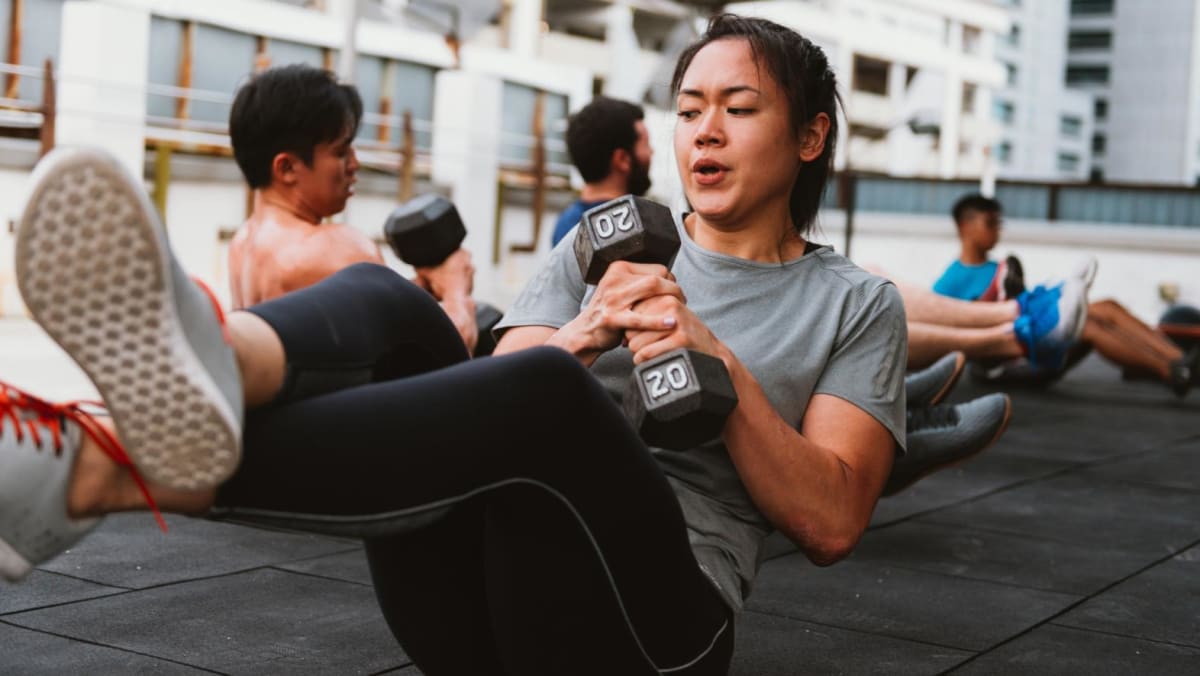The first weeks of a new exercise routine can be hard – your muscles tremble, your lungs burn, your heart races. But after a month or two, it gets easier: You’re running faster and longer, or lifting weights with more ease. Then suddenly, progress slows or stalls. You’ve hit a workout plateau.
Such periods, when you stop seeing fitness improvements despite continuing to train, are common, said Chris Perrin, a personal trainer and co-owner of Cut Seven, a gym in Washington, DC. “I’ve yet to meet a fitness enthusiast who hasn’t hit one.”
Plateaus can happen once the body adapts to a new workout. After just a few training sessions, the brain can become more skilled at telling muscles to move. And, usually over the course of weeks or months, the body itself changes.
For example: “The heart gets stronger and better at pumping blood to the muscles,” said Jeff Horowitz, an exercise physiologist at the University of Michigan.
But plateaus can also be caused by insufficient recovery – skimping on sleep or doing another intense workout too soon. With your tank half-full, you may struggle to push yourself, making it likelier you’ll get stuck in a rut.
For those who are satisfied with an exercise routine that feels similar from one day to the next, a plateau isn’t necessarily a problem. “I’m trying to maintain my fitness as I continue to get older,” Dr Horowitz said. “So to me, a plateau is a good thing.”
But for those who want to continue improving, the key is to challenge muscles in new ways while ensuring you rest properly. Here are some strategies for moving beyond an unwelcome plateau.
DON’T FORGET TO RECOVER
While you’re buckling down, don’t neglect recovery time. Without it, you can plateau or even regress, Perrin said. It’s important to get enough sleep, rest for a day or two between especially hard workouts and eat a balanced diet.
But rest doesn’t have to mean vegging out on the couch. Swap your bike for salsa dancing or ditch the dumbbells for a yoga class. Switching gears like this gives your target muscles (and your mind) a break.
It’s also important to quickly supply post-workout muscles with nutrients to rebuild. Research suggests this window of opportunity is longer than once thought – up to 24 hours after exercise.
“Spread your protein intake out over the course of a day to maximise the benefits,” said Christoph Handschin, a muscle researcher at the University of Basel in Switzerland.
Workout plateaus are an inevitable part of any fitness journey, but they’re also an opportunity to reflect, Perrin said. “It’s a chance to listen to your body, figure out what it needs to improve and reconnect to what you love about exercise.”
By Connie Chang © The New York Times Company
The article originally appeared in The New York Times.





